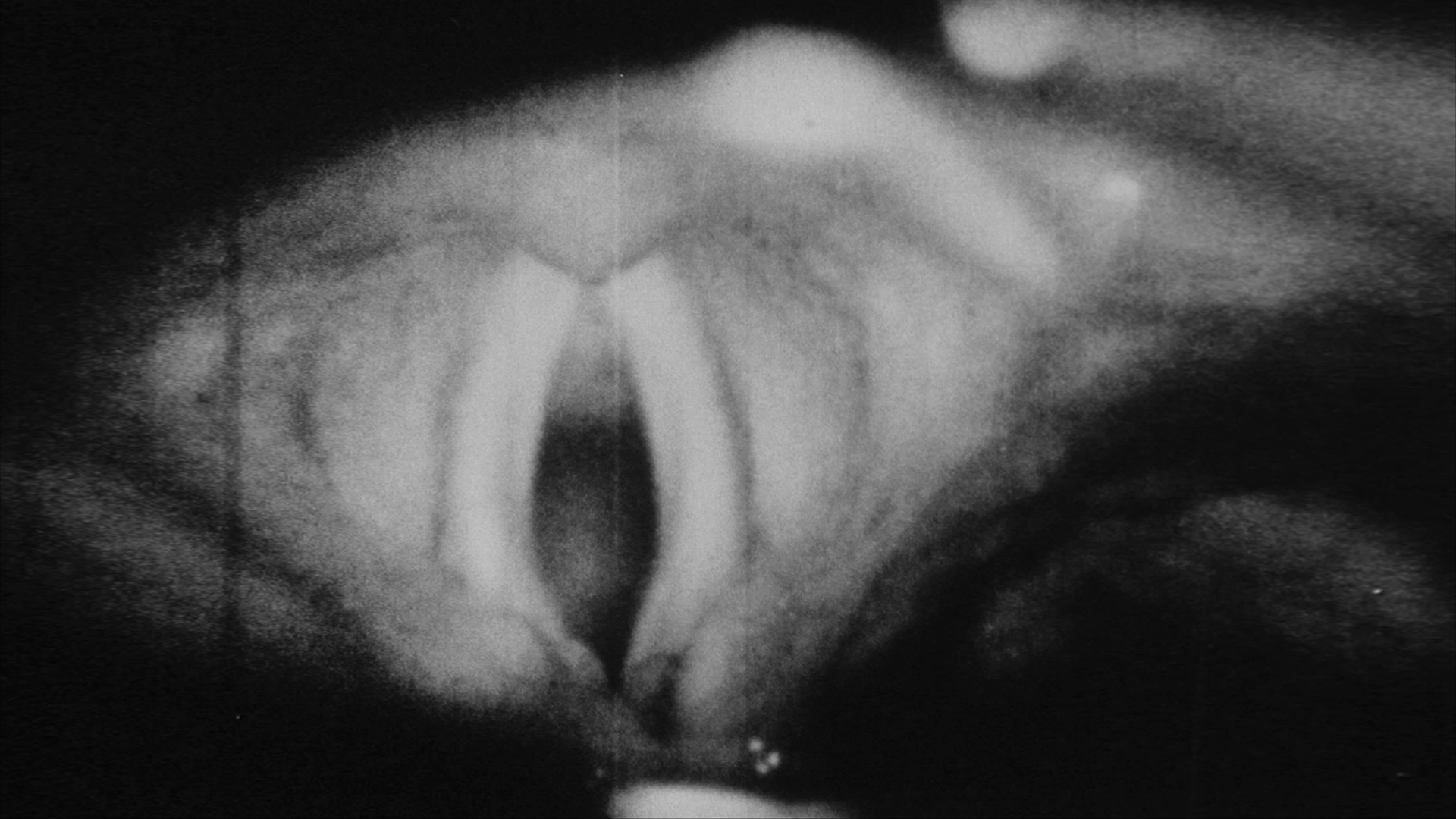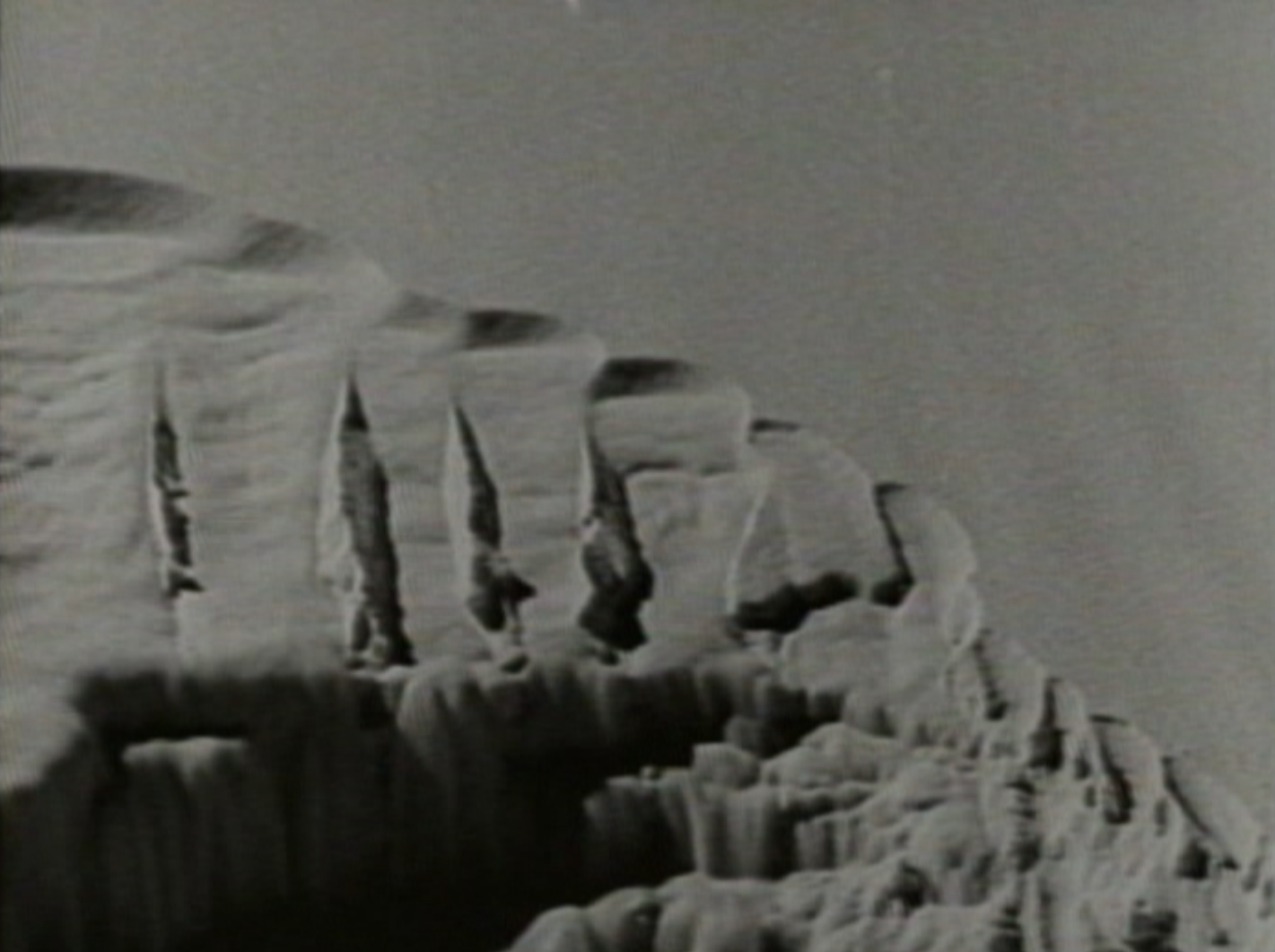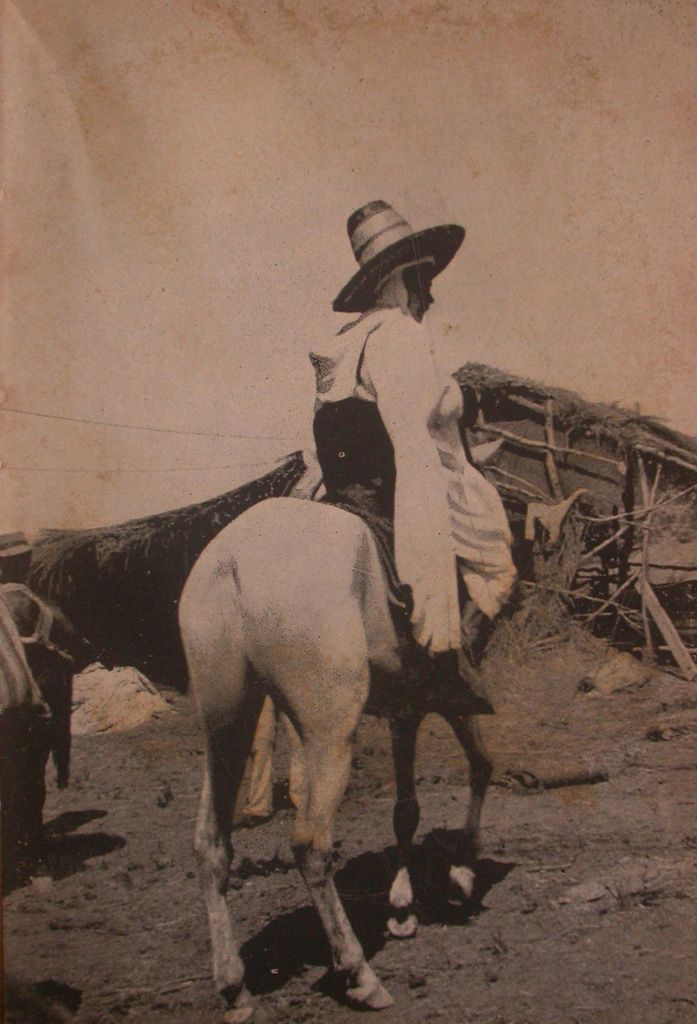The pitch most people prefer
for the female voice is
about A flat below middle C
4 videos by Leslie Thornton
(org.)
Cris Ambrosio, Deyson Gilbert, Frederico Fillippi and Pontogor
opening july 9th
up until august 27th
wednesdays to fridays: from 1pm to 19pm
saturdays: from 11am to 19pm
free admission
location
travessa dona paula, 120
são paulo - sp
A warp of voices, images, overlapping accounts and descriptions, ethical crossroads and scientific meditations appear in the production of American artist Leslie Thornton since its beginnings in the 1970s. This exhibition, whose title comes from the first film in the 'Peggy and Fred in Hell', covers works from different moments in Thornton's career and focuses on the experimental ‘There was an Unseen Cloud Moving’ (1988). In this film, the figure of the independent traveler, nomad converted to Islam, Swiss poet and novelist Isabelle Eberhardt is reconstituted through a collage of representations in which fragments on a collision course merge, and the truth of facts is submitted to the fluid desert of indefinement. In this complex fabric of speeches, silences and overlaps, conflicts of identity, gender and power reverberate, linked to the contradictory performance of discourses and images.
X-TRACTS (1975)
In collaboration with Desmond Horsfield16mm film transferred to video, 9 minutes.
Peggy and Fred in Hell : The Prologue (1985)
16mm film transferred to video,black and white, sound, 21 min.
Courtesy of Electronic Arts Intermix (EAI)
There Was an Unseen Cloud Moving (1988)
b&w and color, sound, 62 minutes.Courtesy of Electronic Arts Intermix (EAI)
Cut From Liquid To Snake (2018)
26’HD video, black and white, color, sound, loop,26 min.

Axes of mysteries in the form of an image: the desert sand flowing like water and the undulating soprano muscles. Lines whose intersection points to the objective description ipsis litteris of nature that, in its literality, becomes an enigma.

The fast-moving sand mimics the scarce water of the desert, which, in the form of rains and river floods, causes flash floods; there are those who drown in the desert. Thus died Isabelle Eberhardt (1877–1904), the central figure in There was an unseen cloud, moving. Leslie Thornton builds an overlapping portrait of the independent traveler, nomadic convert to Islam,
poet and novelist, pointing to concomitant, sometimes conflicting, information that make up her widely documented and multiple life: her youth in Switzerland, her writings in fiction and diaries, her life in Algeria as the male persona Si Mohamed. The voices in this warp are constantly
intertwining, coming from shifting directions, sequencing reports, descriptions, interpretations and readings in a multidimensional collage that highlights the act of doing and the composition of meaning, which do not submit to the dichotomous reduction of I vs the Other. The Self is
many; the Other is Me.
Hélène Cixous, born in Algeria thirty years after Eberhardt's death, is the author of the essays "The Laugh of the Medusa" and "Sorties," both from 1975, in which it is pointed out that the history of Western thought, necessarily male, white, dominating and dominant, was built under the aegis of opposition and, therefore, of binarism and dichotomy.

Where is she?
Activity/passivity,
Sun/Moon,
Culture/Naure,
Day/Night,
Father/Mother,
Mind/feeling,
Intelligible/perceptible,
Logos/Pathos.
Form, convex, movement, advance, see, progress.
Matter, concave, ground-upon which the movement treads, receptacle.
Man
˗˗˗˗˗˗˗˗˗˗˗˗
Women
“Sorties”, Hélène Cixous.
Also in 1975, Leslie Thornton released her first video work, X-TRACTS. The fragmentation of voice and speech into phonetic units point to other types of fragments that will emerge in her subsequent films. In Peggy and Fred in Hell: The Prologue, the fragmentation takes place in the alternation between the filming of the children with archival images and sounds; the title of this exhibition comes from one of these. A 1940s film news announcer categorizes and sentences ideal vocal tones within the parameters of female/male, high/low, here/There. But a little earlier, we find ourselves in front of a sphinx in the form of drapes of undulating muscle together with a vocalization that is difficult to decipher, either as music or as image, arousing curiosity with its almost obscene semblance to a vulva, without being one, and estrangement from the animal form that cannot be identified or classified. The same goes for the kaleidoscopic effect of the recent Cut from Liquid to Snake. In the mismatch of what is seen and what is heard, couples insist on not opposing each other. Condensations of parallels and synchronies that are difficult to assimilate descriptively flow through the crack of an unstable mirroring where nature and abstraction merge multiplexed.
Pallas Athena's shield was named Aegis—on it was Medusa's severed head. The subversion of the current order—political, aesthetic, discursive—presupposes a reassessment of the logic of thought that sustains it. The smiling and beautiful Medusa, not terrible and decapitated, invites writing and the resounding of a voice that is disobedient to the boundaries of the genre: Hollywood cinema/auteur cinema, experimental video/mass video, home video/professional video, found image/original image. Leslie Thornton's audiovisual language crisscrosses categories, attenuates contours, de-hierarchizes, takes itself as the Other and I as Other.
- Cris Ambrosio
Translated by Claudia Barbosa Nogueira
August 2022
Translated by Claudia Barbosa Nogueira
August 2022

I. Eberhardt on horseback in Ténès, in Robert Randau’s Notes and Souvenirs.
Previously: Vocal cord footage in Peggy and Fred in Hell, which appears with audio by the Peruvian singer Yma Sumac and excerpts from “Rinaldo,” by Handel.
Previously: Vocal cord footage in Peggy and Fred in Hell, which appears with audio by the Peruvian singer Yma Sumac and excerpts from “Rinaldo,” by Handel.